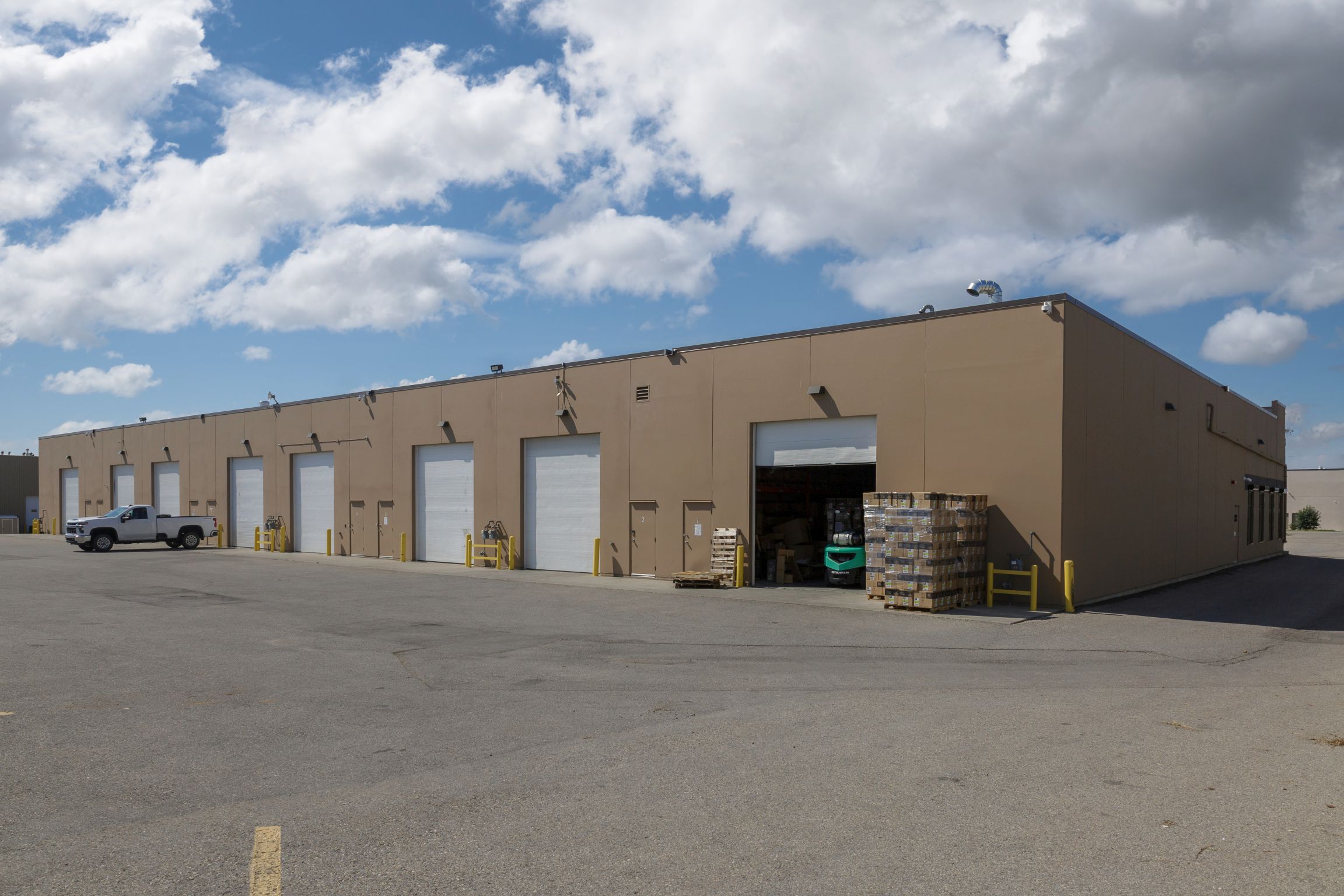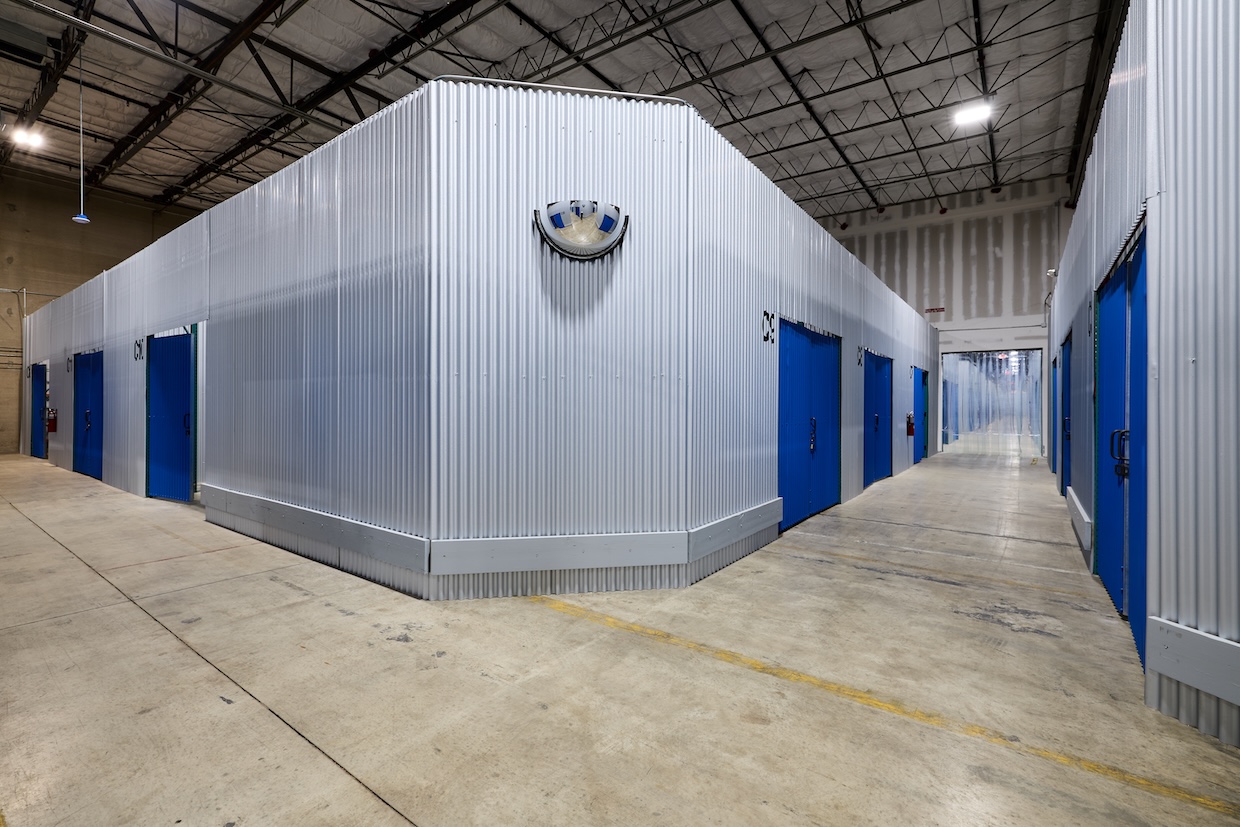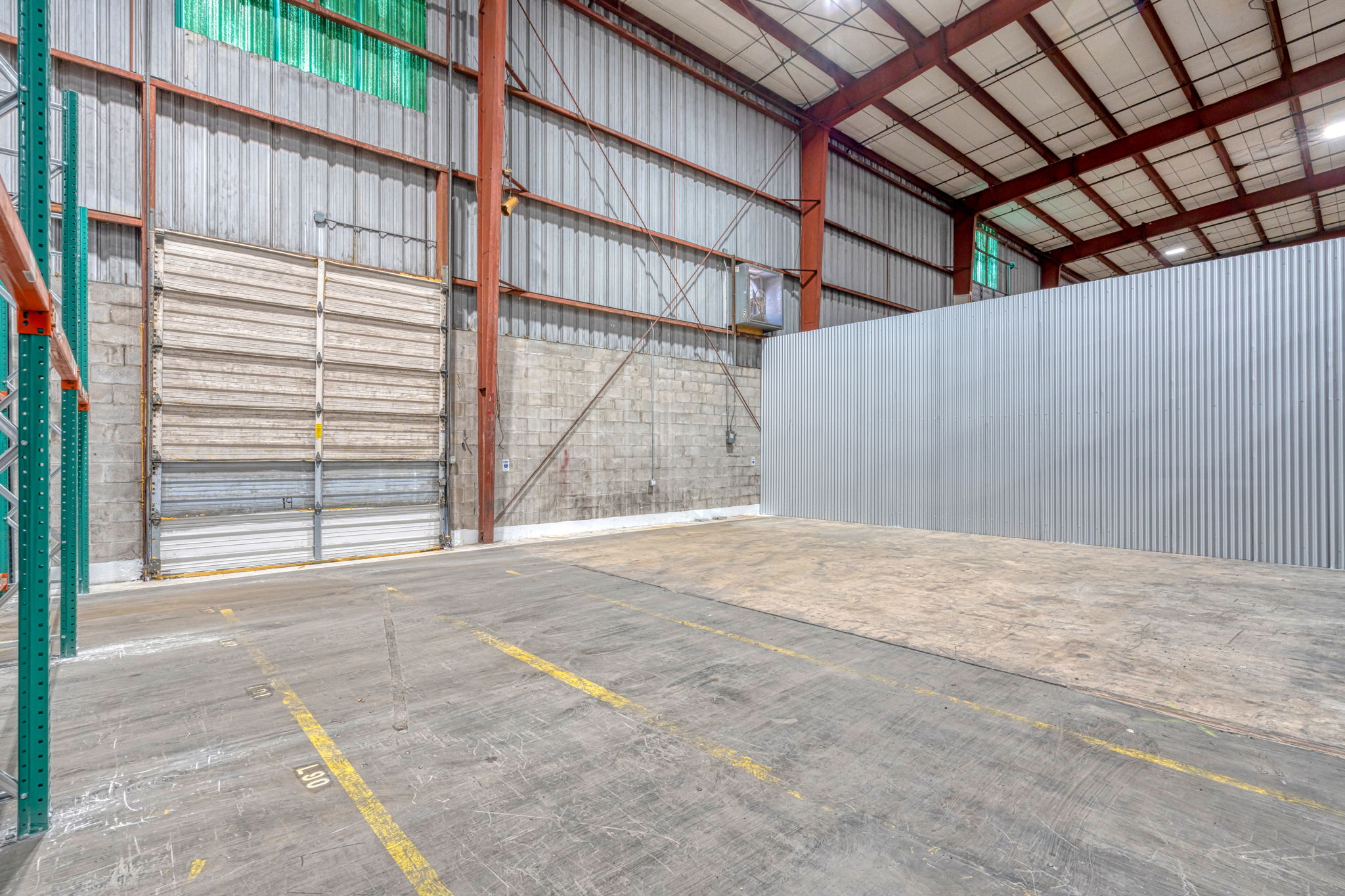Raleigh: America’s $10.8 Billion Life Sciences Factory Hides in Plain Sight
The Triangle’s industrial real estate market defies conventional wisdom heading into 2025: while Apple’s $1 billion campus sits paused and tech layoffs dominate headlines, beneath the surface churns one of America’s most resilient industrial markets. North Carolina booked $10.8 billion in life sciences investments in 2024 alone seven major pharmaceutical projects that dwarf anything Silicon Valley has seen. With vacancy rates under 6% and Research Triangle Park approving its first covenant changes in 65 years, Raleigh presents a fascinating paradox a tech hub where warehouse space has become pharmaceutical gold.
Here’s what the smart money knows: Novo Nordisk’s $4.1 billion Clayton expansion creating 1,000 jobs isn’t just another facility it’s 1.4 million square feet of the world’s most advanced pharmaceutical manufacturing. Add Johnson & Johnson’s $2 billion Wilson biologics campus, Fujifilm’s $1.2 billion Holly Springs investment, and suddenly the Triangle isn’t just competing with Boston it’s winning. Small businesses positioned correctly will capture the spillover from $18.9 billion in total Q2 2025 investments creating 23,486 jobs across 71 projects.
FACT BOX: The Triangle’s Hidden Strength
- Life Sciences Investment 2024: $10.8 billion
- Lab/R&D Space: 9.3 million SF (doubled since 2016)
- Direct Vacancy: Under 6%
- Under Construction: 5.4 million SF industrial
- RTP Covenant Change: 96% approval after 65 years
- New Jobs Created: 16,555 in 2024
- Airport Expansion: $900M for runway and terminal
- Average Warehouse Rate: $9.08/SF NNN
Research Triangle Park’s $10.8 Billion Transformation
Forget everything you know about Research Triangle Park. The January 31, 2025, covenant changes, with 96% approval, mark the first amendments since 1959, enabling mixed-use development under the RTP 3.0 vision. The $1.5 billion Hub RTP already delivered The Horseshoe’s 160,000-square-foot facility in Q1 2025, while MAA Nixie’s 400-unit apartments began pre-leasing.
But the pharmaceutical explosion tells the real story. Genentech drops $700 million on a fill-finish plant creating 400 jobs. Amgen invests $1.02 billion in a second Holly Springs facility adding 370 positions. Every one of these facilities needs temperature-controlled storage, hazmat-certified transport, specialized packaging, and just-in-time component delivery. The Triangle’s 9.3 million square feet of lab and R&D space more than double 2016’s 4.4 million creates thousands of niches where specialized small businesses don’t compete with Amazon—they serve markets Amazon can’t touch.
The Garner Colossus and Its Thousand Opportunities
Amazon’s 2.6 million-square-foot Garner fulfillment center employs 1,500 workers across four robotic floors, but focusing on Amazon misses the forest for the trees. Financial technology giant Plaid announced Triangle operations in June 2025, while clinical research firm Parexel relocated from Durham to Raleigh’s new 17-story tower. These aren’t warehouse users—they’re knowledge economy anchors that need sophisticated logistics support.
The ecosystem effect multiplies: 58 new company recruitments and 82 expansions in Wake County during 2024 generated $14.8 billion in capital investment. Every tech company needs hardware fulfillment. Every life sciences breakthrough requires specialized logistics. Every corporate expansion creates supplier opportunities. Small businesses that understand this ecosystem profit from presence rather than competing against giants.
Infrastructure Investments That Change Everything
RDU International’s transformation goes beyond passenger counts hitting 15.5 million in 2024. The $500 million primary runway extension adds 639 feet for a total 10,639-foot length, while the $400 million Terminal 2 expansion includes new security checkpoints and customs facilities. International flights to Mexico City, Panama City, and Frankfurt transform a regional airport into a global logistics hub capable of handling time-sensitive pharmaceutical shipments.
But here’s the real opportunity: the Triangle’s 5.4 million square feet of industrial construction shows 8.5% vacancy in Q1 2025, creating a healthy but not oversupplied market. Geographic expansion pushes development south toward Sanford as core Wake County land becomes scarce, opening new corridors for smart operators. The I-40 east-west corridor connects both coasts while I-540’s outer loop eliminates congestion, creating true multimodal options when combined with CSX Transportation’s active freight service.
The Startup Factory Meets the Warehouse Floor
First Flight Venture Center’s 400+ companies don’t just need office space—they need fulfillment centers for hardware, testing facilities for prototypes, and distribution networks for physical products. American Underground’s Durham locations buzz with companies transitioning from concept to production. The Triangle Startup Factory’s $50,000 equity-free funding and NC State’s Andrews Launch Accelerator’s seed capital mean startups can access real money and affordable industrial space simultaneously.
The convergence creates magic: 40+ coworking spaces totaling 2 million square feet increasingly incorporate light industrial capabilities, such as 3D printing farms, maker spaces, and micro-fulfillment centers. When professional services employ 149,100 workers, growing at 2.1% annually, while trade and transportation employ 128,000, you have both white-collar decision-makers and blue-collar implementers in abundance.
The Tax Disappearing Act Powers Growth
North Carolina’s 2.5% corporate income tax, already the nation’s lowest, will be zero by 2030. Article 3J tax credits slash liability by 50% for qualifying projects. Wake County’s property tax of 51.71 cents per $100 remains competitive with anywhere in the Southeast. But incentives mean nothing without a workforce, and Raleigh delivers here.
The BioWork certificate program’s 129 students and new $70 million biologics manufacturing training facility ensure specialized skills keep pace with industry needs. When NC State, Duke, and UNC pump out talent that increasingly stays local, you create a self-reinforcing cycle. The region adding 64 residents daily while maintaining 3.2% unemployment proves the model works.
2025 Strategy: Finding Gold in a Sub-6% Vacancy Market
The Triangle’s sub-6% direct vacancy rate screams shortage, but smart operators see opportunity. Garner’s logistics cluster around Amazon offers proximity advantages. Holly Springs’ pharmaceutical corridor provides specialized opportunities. Imagine being the preferred local vendor for temperature-controlled storage when Fujifilm needs overflow capacity. Fuquay-Varina’s emerging industrial zone offers value, while Apex’s western developments deliver modern facilities.
The secret weapon? The 47% pre-leasing rate on new construction forces tenants to consider alternatives. Sublease opportunities from over-expanded companies, flex space for tech-industrial convergence, shared facilities providing enterprise capabilities at startup costs—all create entry points for prepared businesses. As geographic expansion pushes toward Sanford, early movers secure tomorrow’s prime locations at today’s prices.
As 2025 unfolds, the Triangle industrial market offers something precious: a life sciences economy that actually manufactures things, supported by infrastructure that actually works, in a state actively eliminating taxes, with a workforce educated at world-class universities, all while booking $10.8 billion in pharmaceutical investments that ensure decades of growth. For small businesses, the question isn’t whether the Triangle will continue growing—it’s whether you’ll position yourself where $4.1 billion facilities need local suppliers.


